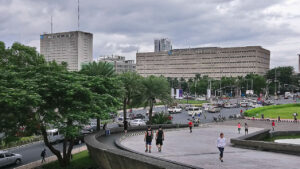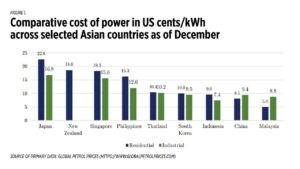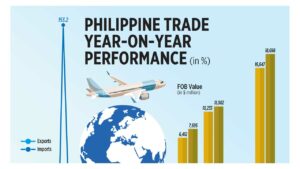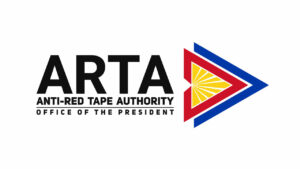BSP looking to require financial institutions to use standard loan application form

THE BANGKO SENTRAL ng Pilipinas (BSP) is looking to mandate financial institutions to use a standard form for business loan applications of small businesses to streamline the process and make credit more accessible.
A draft circular containing guidelines on the adoption of a standard business loan application form (SBLAF) said these templates are designed to improve the process and make it borrower-friendly for micro, small, and medium enterprises (MSMEs), their target users.
Stakeholders are given until July 15 to submit their feedback on the draft regulation to the BSP.
“The adoption of the SBLAF templates by covered entities supports the MSMEs’ access to financial products and services by facilitating transparency, ease of understanding, and efficiency in loan applications (i.e., reduced turnaround time in processing loan applications),” the central bank said in the proposed guidelines.
“It is also expected to enable the covered entities to improve their risk assessment, hasten turnaround time, and facilitate transition to digital loan application platforms. Moreover, the use of SBLAF among covered entities will likewise support data requirements for improved and consistent credit information services,” it added.
If approved, the new rules will cover BSP-supervised entities offering business loans to MSMEs, namely banks and their subsidiary or affiliate financing and leasing companies, government nonbank financial institutions, stand-alone financing and leasing companies with quasi-banking licenses, and credit granting entities.
Under the proposal, the prescribed templates for loan application will serve as the primary application screening tool to be accomplished by a borrower.
“On a case-to-case basis, covered entities may request additional information and supporting documents commensurate to the borrower’s risk profile in support of sound credit risk management practices and customer due diligence measures,” the central bank said.
There will be two kinds of SBLAF: one for individuals, sole proprietorships, and one person corporations, and another for cooperatives, partnerships, and corporations.
The templates have two components, namely a borrower information sheet and the list of supporting documents. These shall be used for secured or unsecured loan applications of MSMEs seeking financing of business operations and capital expenditures as well as credit accommodations for non-business or personal purposes.
The forms shall be used for new, renewal, and restructuring of covered loan applications.
“The SBLAF templates shall be the sole forms that will be used for covered loan applications. Covered entities are precluded from modifying the templates to preserve the format and minimum information requirements contained therein,” the BSP said.
The central bank said covered entities must ensure the forms are accessible physically or digitally via all channels where borrowers can apply for loans.
Loan applications using the SBLAF will be evaluated and processed using institutions’ approved credit policies and they may refer to their client databases to assess borrowers.
Covered firms will need to submit a quarterly and annual report on their use of the SBLAF to the BSP’s Department of Supervisory Analytics.
The rules, if approved, give covered entities a one-year compliance period, with an additional six months to be given to those that need to make adjustments in the processes and systems to meet the BSP’s new guidelines. — K.B. Ta-asan




